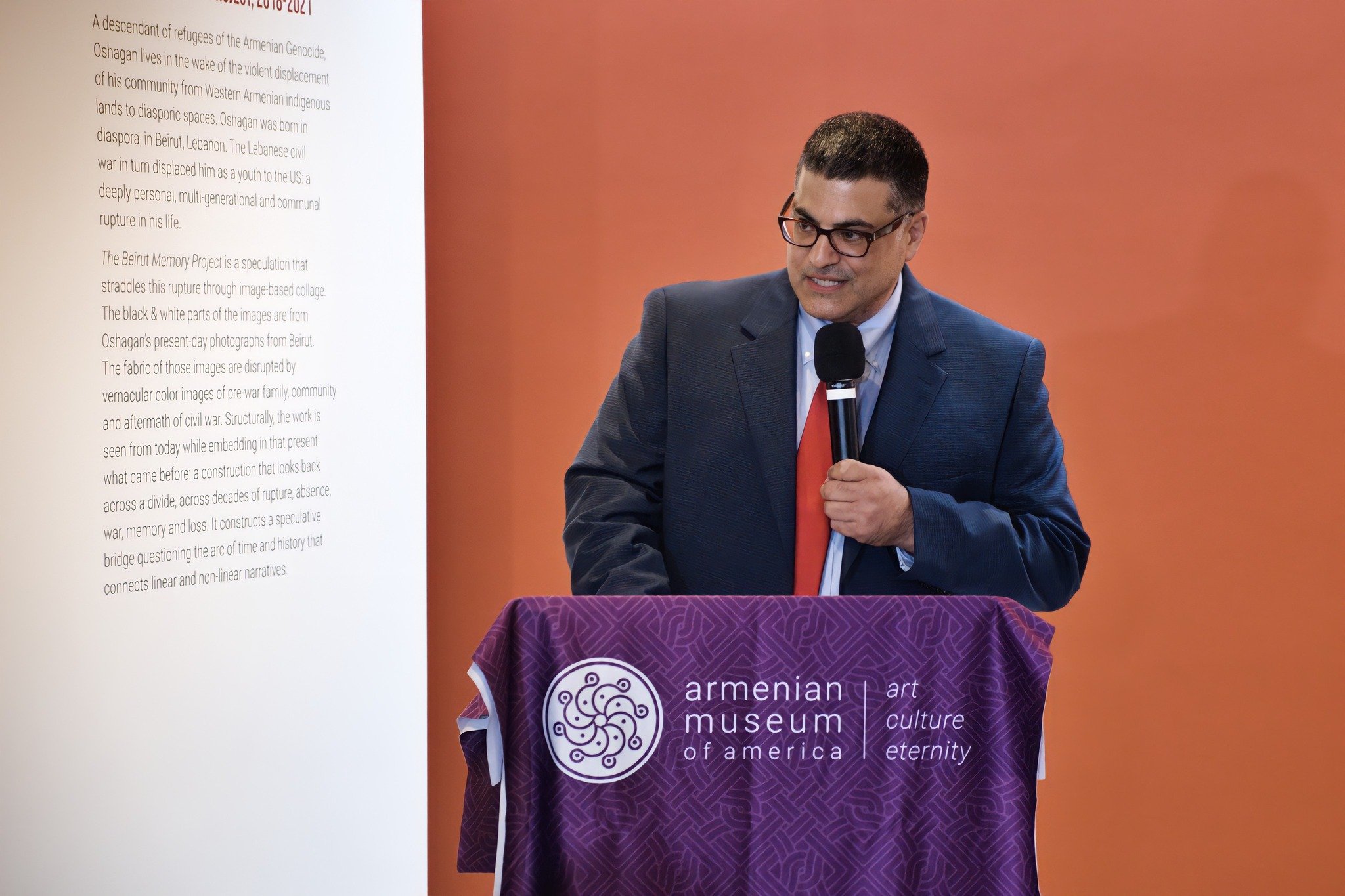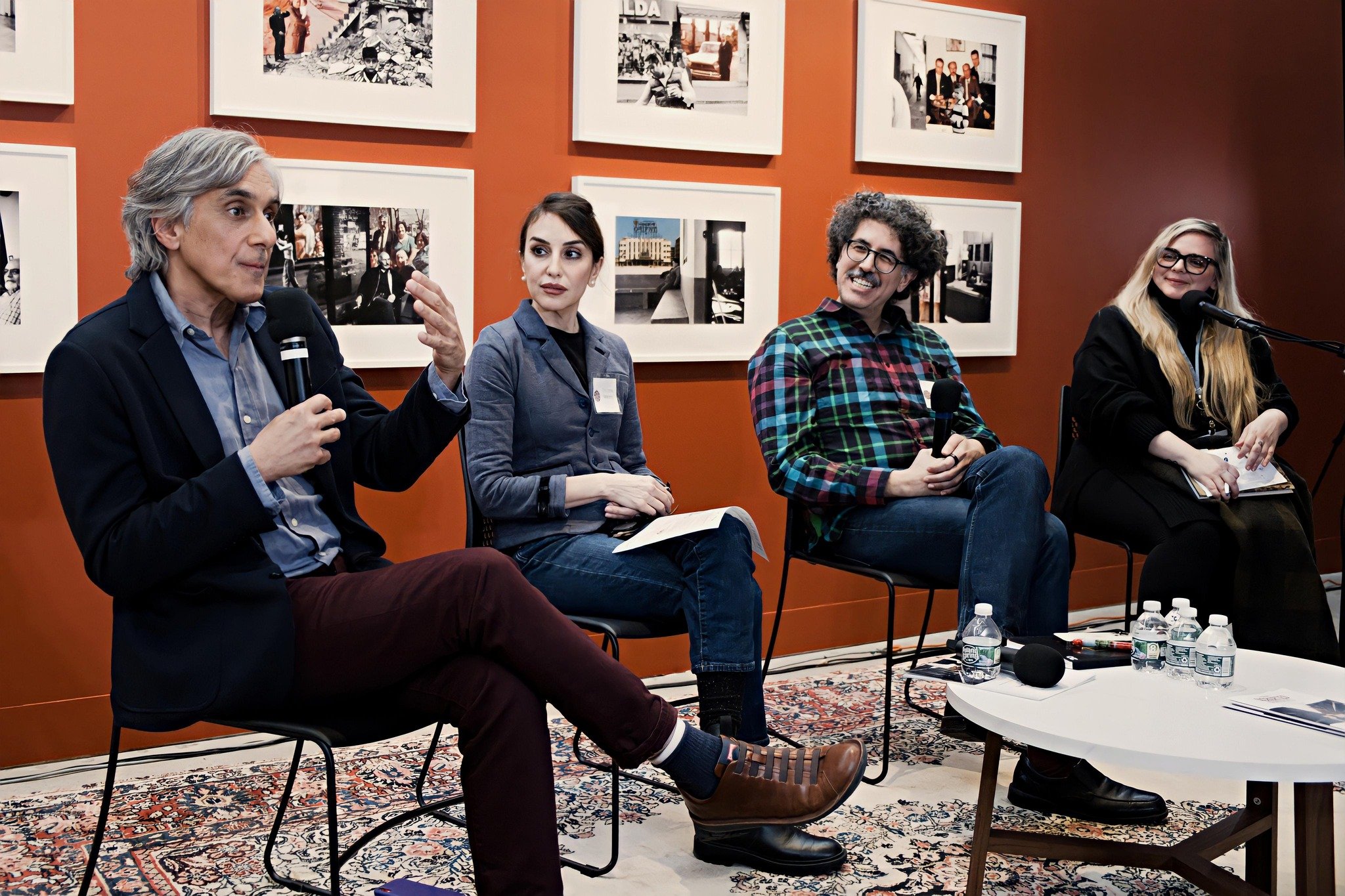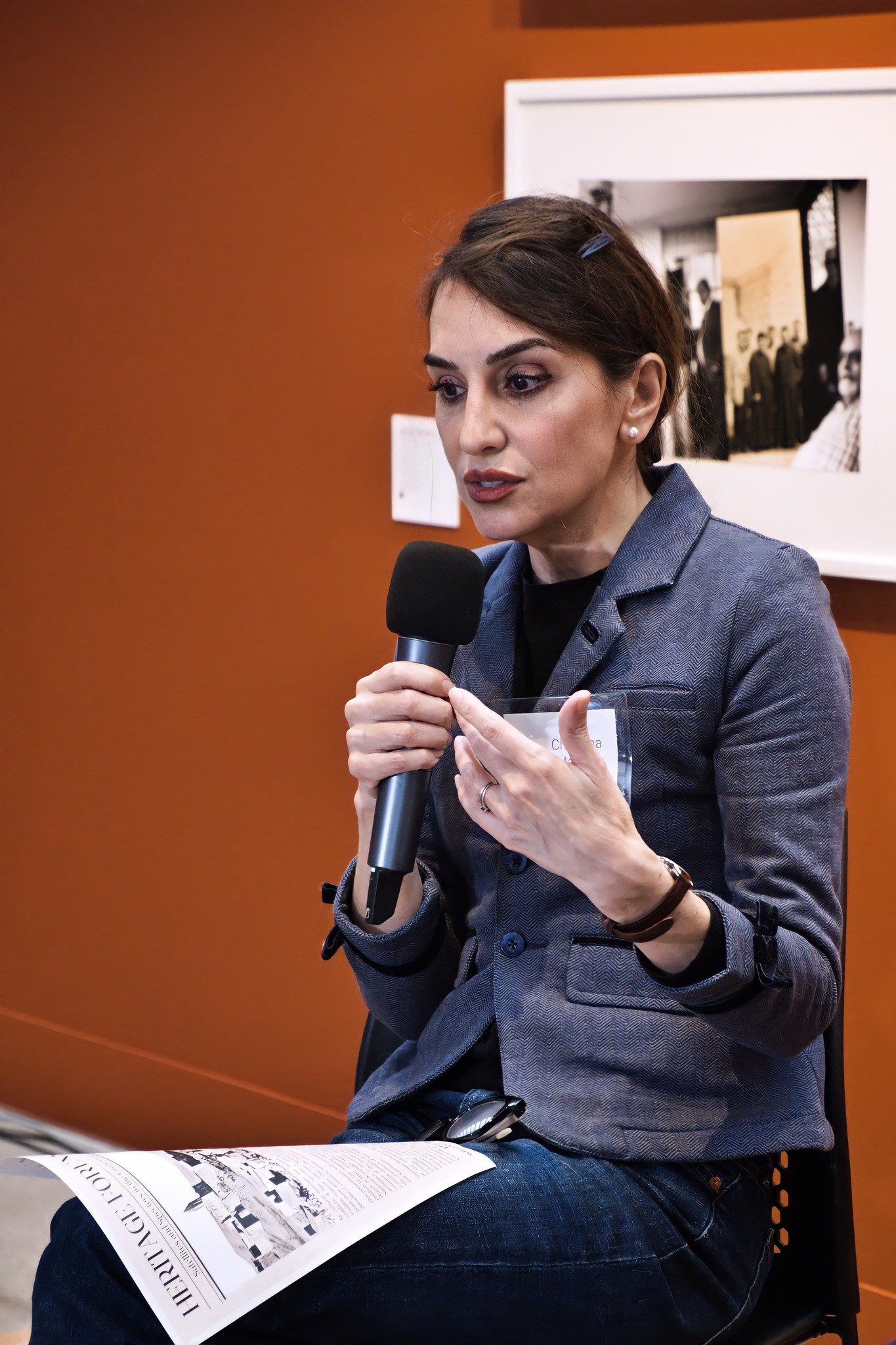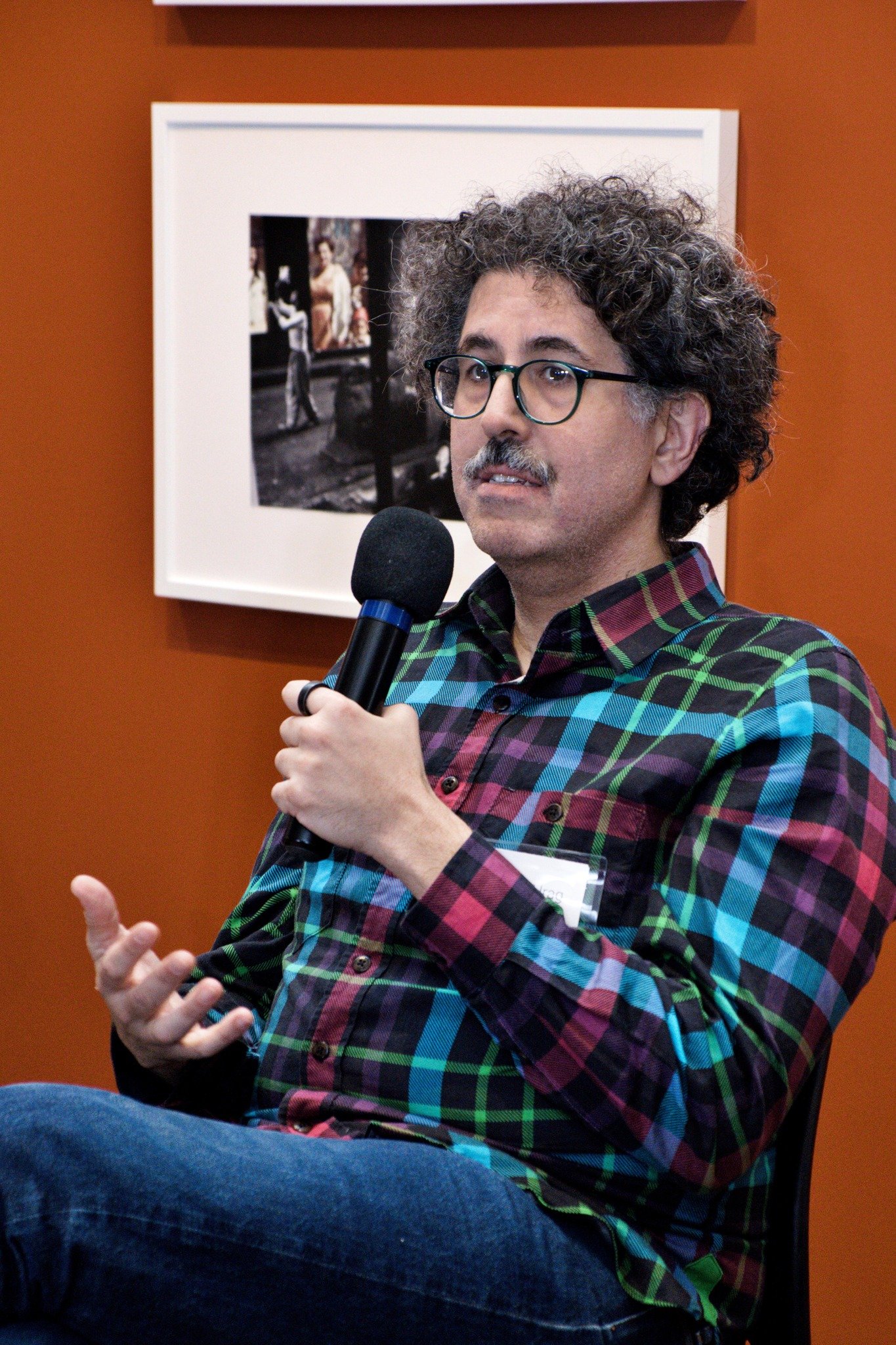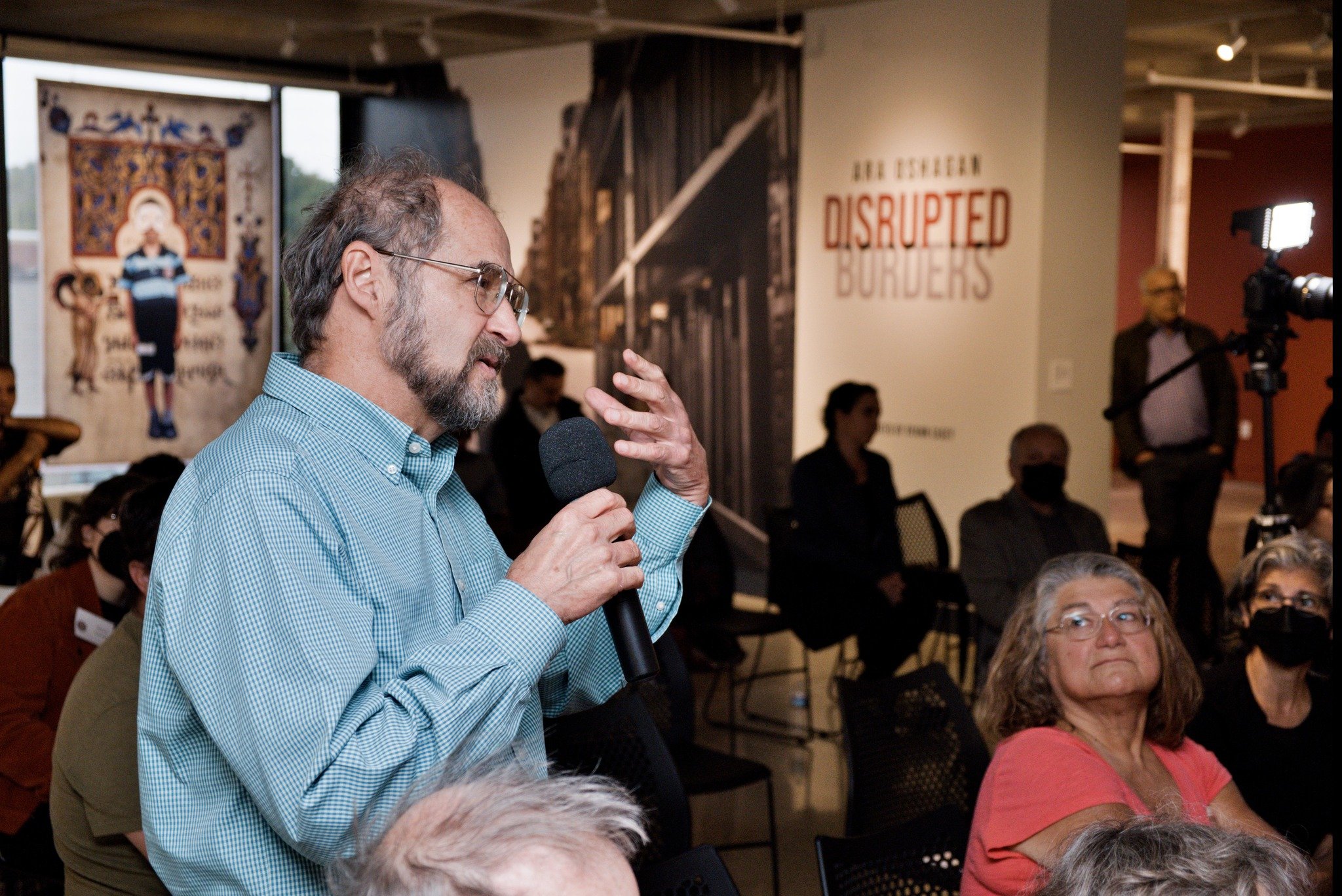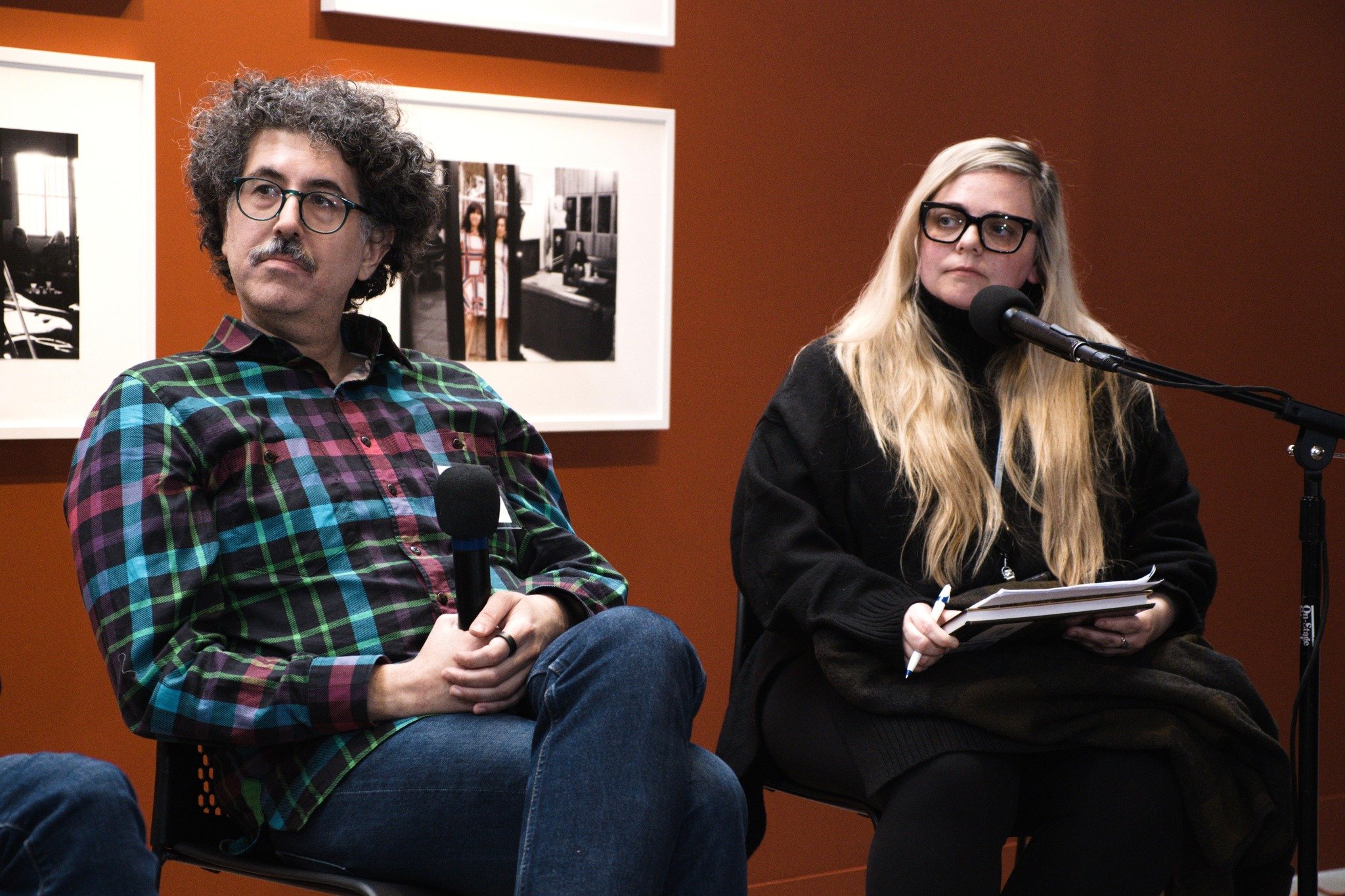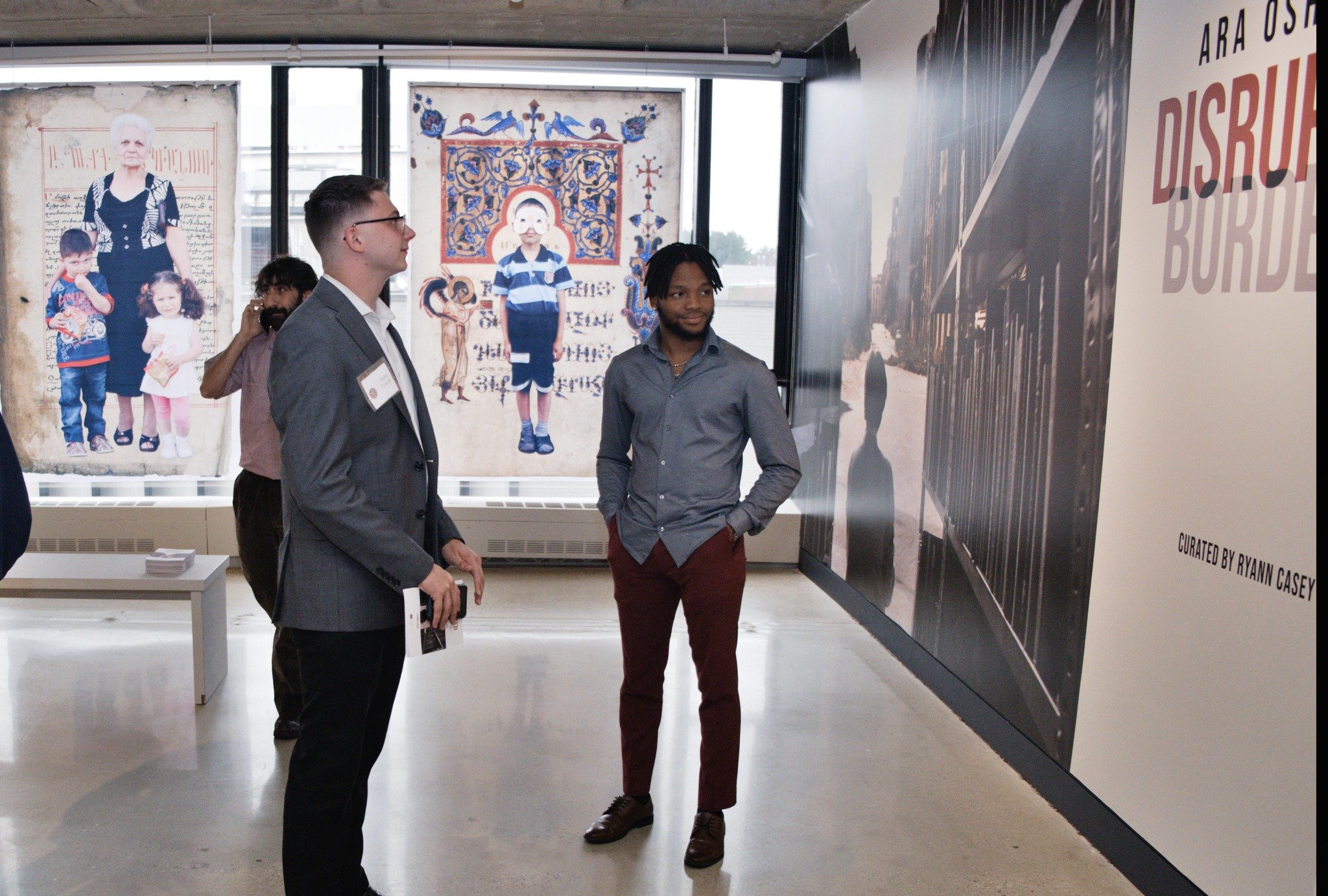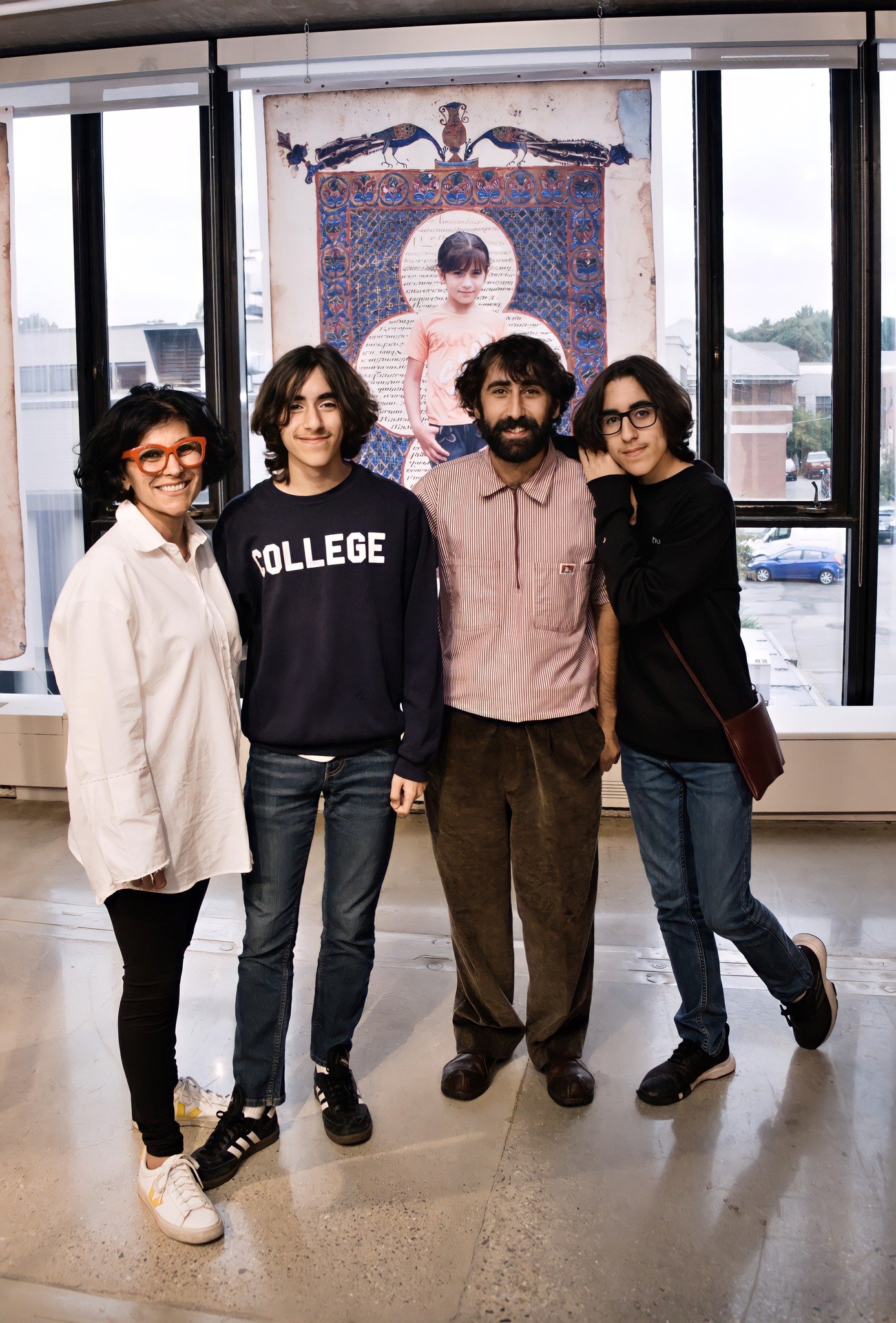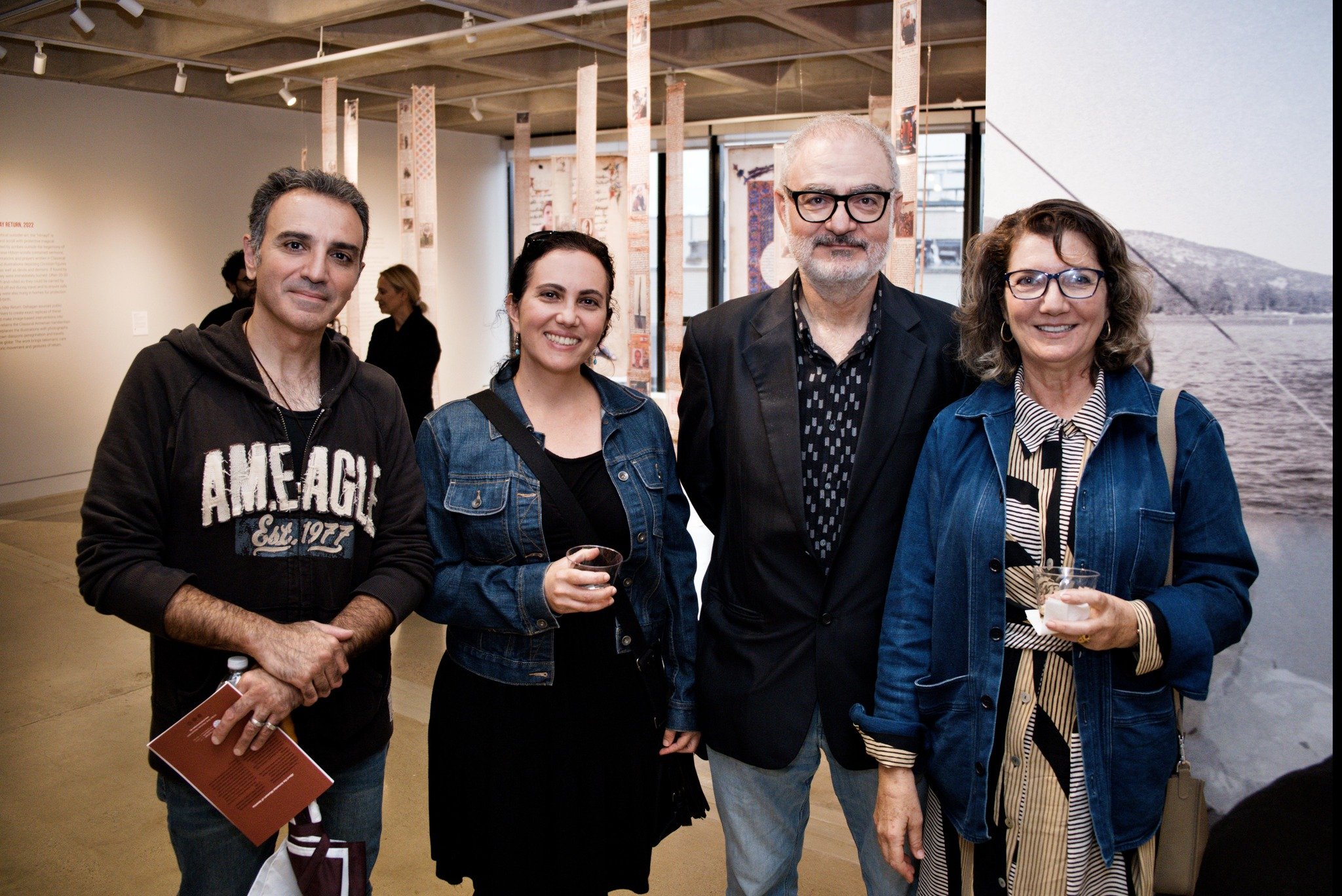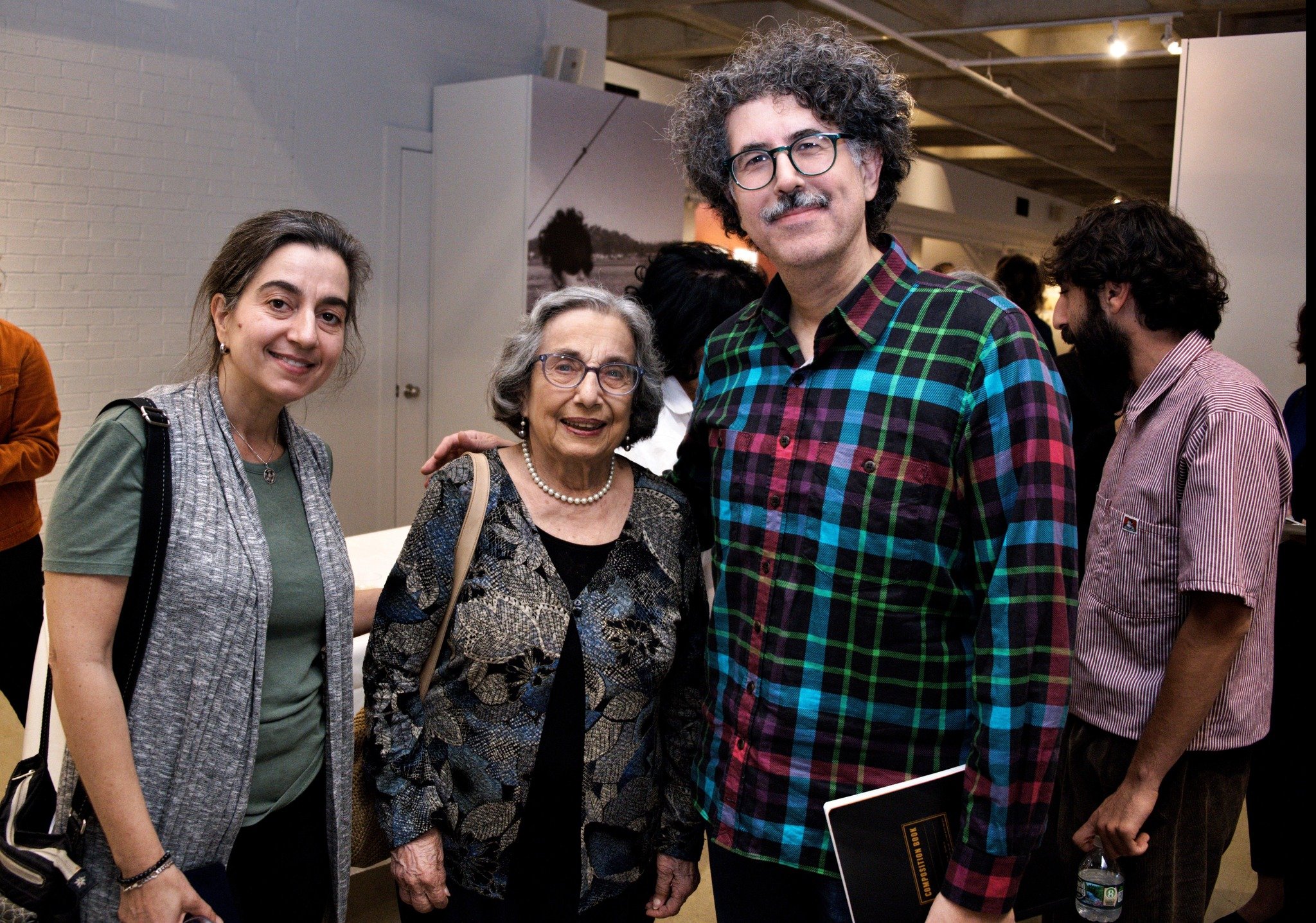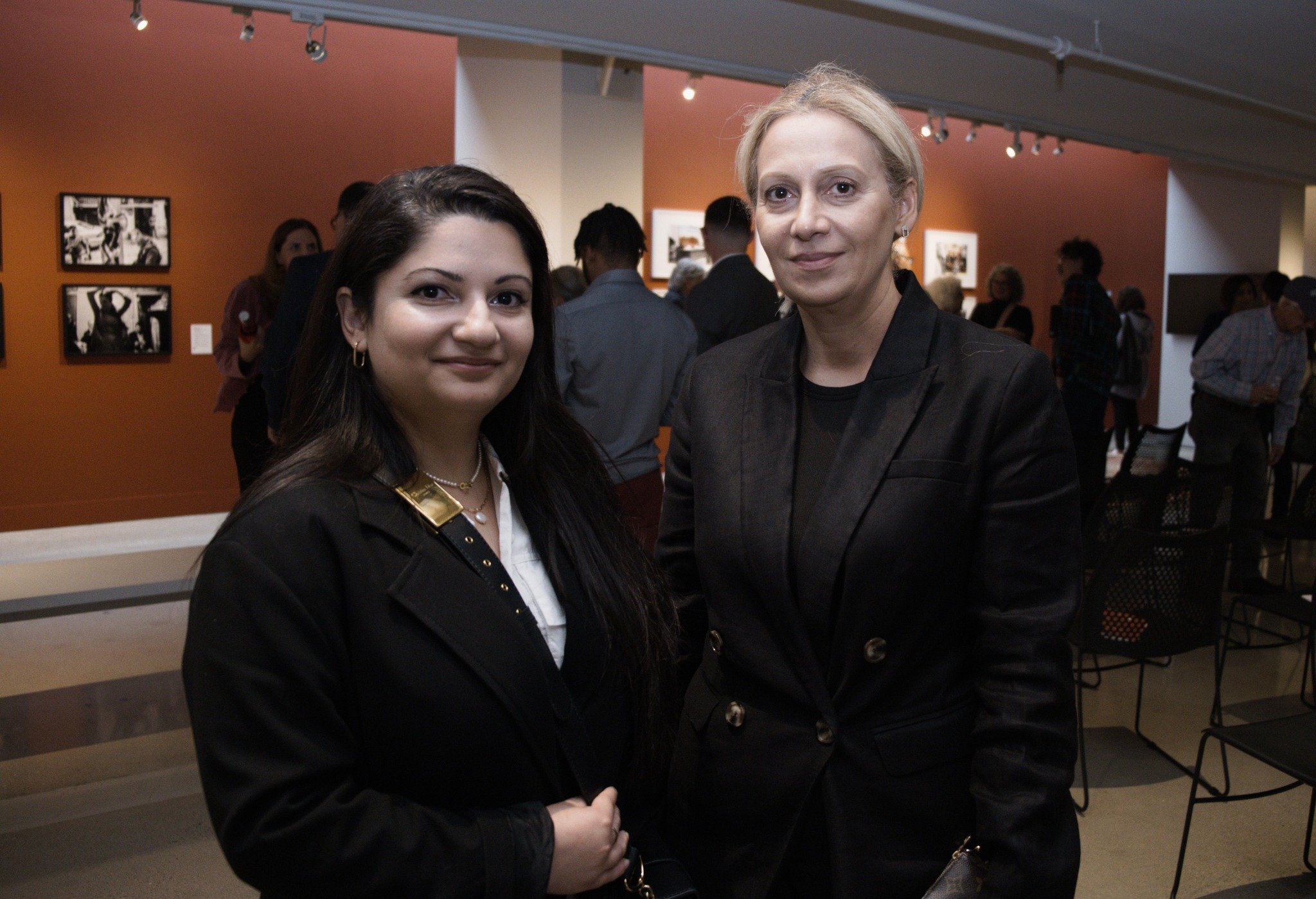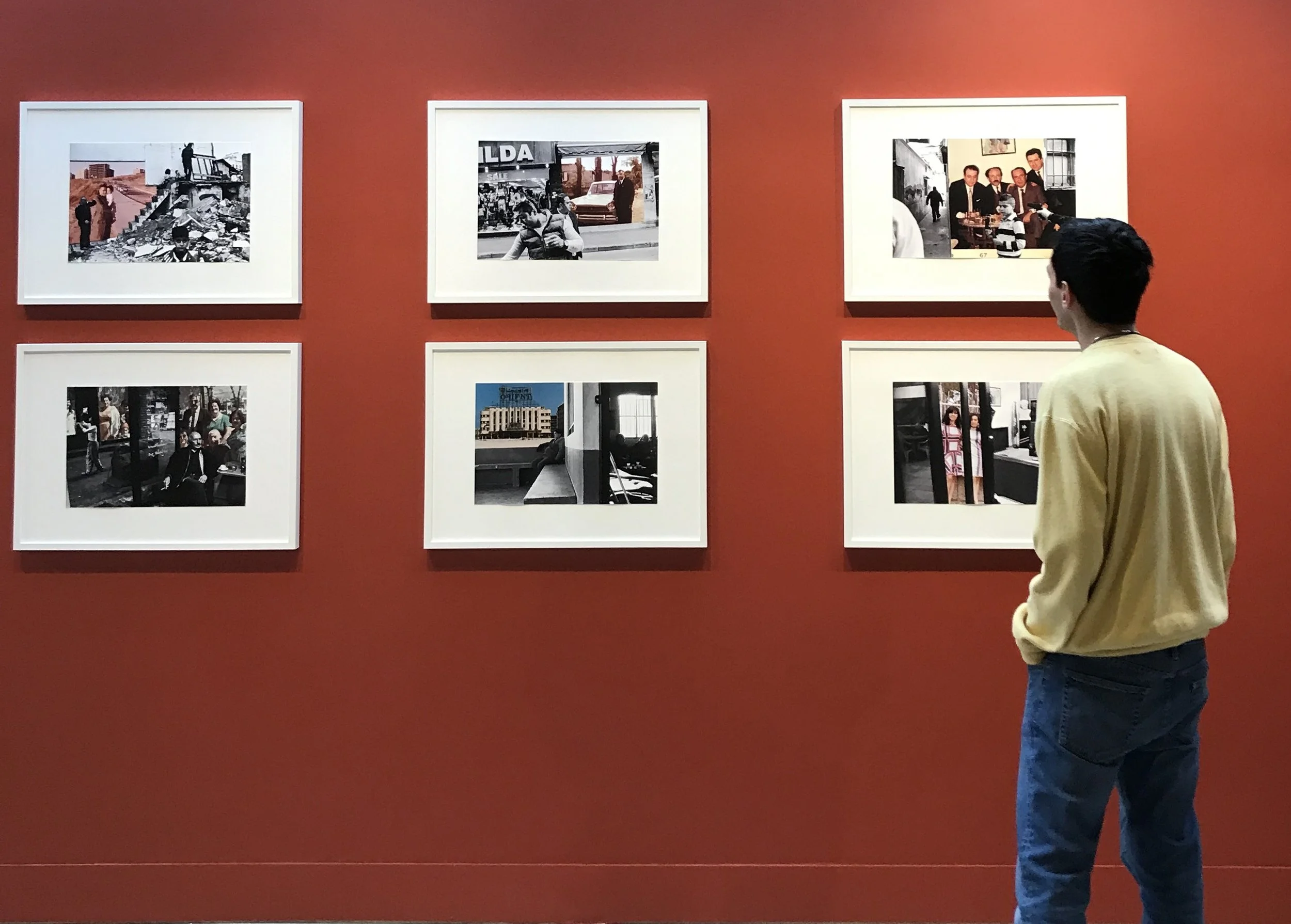Dear Friend,
Greetings from the Armenian Museum of America. During this challenging time, we stand with Armenia in the face of ongoing aggression. Our thoughts are with the people of Artsakh. We must take action to support Armenia and Artsakh and sometimes that starts by learning more.
In our galleries you can view the NFL Artsakh Cleats (click here) and Ara Oshagan’s larger-than-life Shushi Portraits, while our online exhibition dedicated to the Armenian heritage of Artsakh includes 50 artifacts that are safeguarded in museum collections around the world (click here).
Our exhibitions and programming are growing by the day and we are welcoming more people to the museum than ever before. The galleries--with a mix of contemporary, medieval, and ancient art--are on par with the country’s top museums. We have become a destination in Boston for Armenian and non-Armenian visitors. A few highlights:
Youth visits have blossomed, and we are hosting hundreds of kids from private and public schools.
We opened a major new exhibit "Ara Oshagan: Disrupted, Borders" in our contemporary art gallery.
Our online programming is bringing our collection to members across the country and beyond.
We have expanded our cooperation with the Matenadaran. Bank of America selected us as one of 23 cultural institutions across America for its Art Conservation Project. This grant supports our work with conservators from Yerevan who will restore 21 rare, illuminated manuscripts in our collection, the oldest of which dates to the 13th century.
Membership is at an all-time high, but we count on your support to continue this growth. Being a part of the Museum offers a range of benefits:
Free admission to our galleries
Discounts of 10% to 25% in our Gift Shop and online
Invitations to Members Only events such as our annual Christmas Reception and Gallery Stroll in December
Your membership supports our Mission to share Armenia’s history and culture with the world. I hope you will respond today and be a part of this success story in our community.
Respectfully yours,
Jason Sohigian
Executive Director
PS: If you received our membership letter in the mail, please keep in mind that it was sent to print before the attacks on Artsakh restarted in September. Our thoughts are with our fellow Armenians who have been killed, injured, or displaced, and our work takes on a renewed importance in the face of Genocide and cultural erasure.


